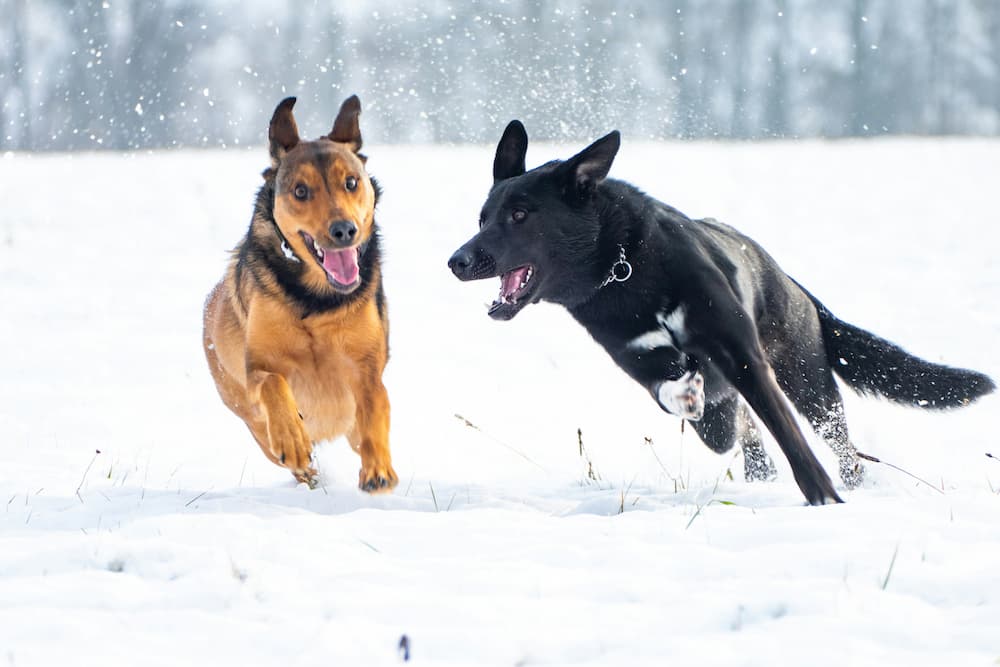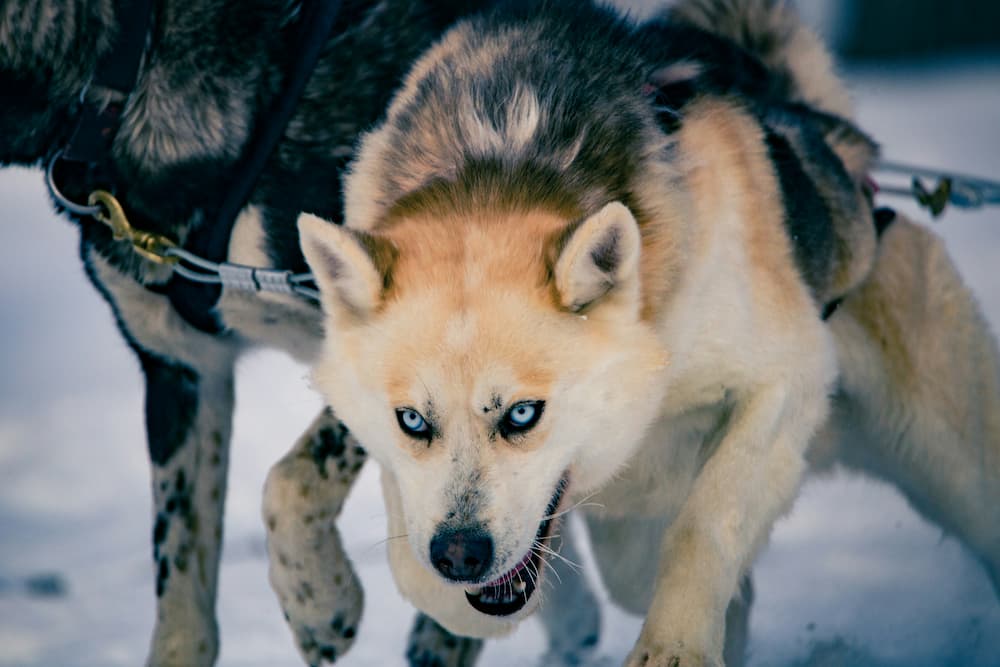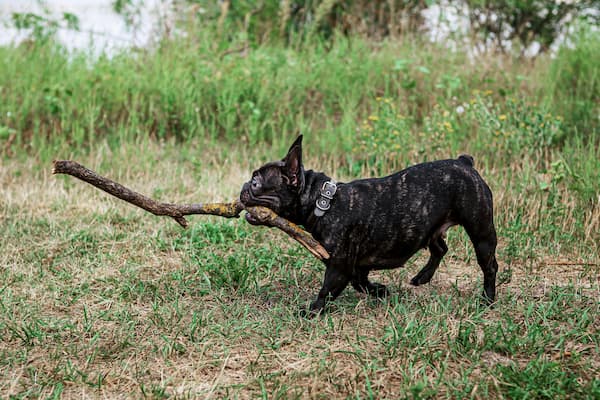It starts with a low growl when a stranger approaches your home. Then comes the lunging at other dogs during walks. Maybe it’s the sudden snap over a favorite toy. Aggressive dog training isn’t just a niche concern—it’s a daily reality for countless American families. One startling statistic: over 4.5 million dog bites occur annually in the U.S., many stemming from unmanaged aggression. But here’s the hope: most aggressive behaviors can be successfully managed with patience, science-backed methods, and professional support. This guide offers actionable solutions—not quick fixes—to help you and your dog coexist safely and peacefully.

What Causes Aggression in Dogs?
Aggression is a symptom, not a breed trait or a simple label. It’s complex communication, often rooted in fear, anxiety, or a perceived need to protect resources or oneself. Understanding the triggers is the first step towards effective dog aggression training. Common causes include:
Fear & Anxiety: This is arguably the most common root cause. A dog who feels threatened or trapped may lash out defensively. Loud noises, unfamiliar people/places, or past trauma can trigger this.
Resource Guarding: Protecting valued items like food, toys, beds, or even people (“my human!”). This stems from insecurity over possession.
Pain or Medical Issues: An injured or ill dog is more likely to snap. Conditions like arthritis, dental disease, thyroid problems, or neurological issues can cause uncharacteristic aggression. Always rule this out with a vet first!
Frustration & Barrier Aggression: Often seen as lunging and barking on leash or behind fences. The dog wants to reach something (play!) or get away from something (threat!) but is blocked.
Territoriality: Protecting their perceived home turf from “intruders.”
Predatory Drive: An instinctual sequence (stalking, chasing, biting) directed towards small animals, sometimes triggered by fast movements (like running children or cyclists).
Lack of Socialization: Puppies not exposed positively to a wide variety of people, animals, sights, and sounds during their critical socialization period (roughly 3-14 weeks) may become fearful and reactive later.
Genetics & Learned Behavior: While genetics can influence temperament, learned behavior plays a huge role. If growling or snapping successfully made an uncomfortable situation go away in the past, the dog learns it works.
Recognizing Aggressive Behaviors in Dogs (Beyond Just Biting)
Aggression isn’t always a full-blown attack. It exists on a spectrum, and recognizing the early warning signs is crucial for intervention and safety:
Subtle Signs (Often Missed): Body stiffening, whale eye (showing the whites), lip licking (when not hungry), yawning (when not tired), turning head away, freezing.
More Overt Warning Signs: Growling, snarling (lifting lips to show teeth), snapping (a deliberate, noisy bite in the air without contact), lunging (with or without barking).
Severe Signs: Biting (ranging from inhibited nips to puncturing bites).
Important Distinction: Aggression is contextual. A dog growling over a bone is exhibiting resource guarding. A dog barking fiercely at the fence might be territorially motivated. A dog snapping when touched in a painful area is reacting from pain. Identifying the specific context and trigger is vital for how to train an aggressive dog effectively.

How to Train an Aggressive Dog?
1.Safety First: Training an aggressive dog requires strict management to prevent bites and avoid reinforcing the behavior.
Muzzle Train: Acclimate your dog to a comfortable basket muzzle using high-value treats. This is an essential safety tool for walks or potentially triggering situations. (Baskerville muzzles are a popular, breathable choice).
Manage the Environment: Prevent access to triggers. Use baby gates, crates (positively introduced!), walk at quieter times, create safe spaces. Don’t set your dog up to fail.
Leash & Harness: Use a secure front-clip harness (like the Freedom No-Pull) for better control and reduced pressure on the neck, which can heighten frustration.
Avoid Punishment: Yelling, hitting, shock collars, alpha rolls, or leash corrections are counterproductive and dangerous with aggression. They increase fear and anxiety, suppress warning signs (making bites seem “out of nowhere”), and damage trust. As the American Veterinary Society of Animal Behavior (AVSAB) states: “Punishment… is associated with significant adverse effects which include… aggression towards people.” (Source: AVSAB Position Statement on Humane Dog Training)
2.The Core Approach: Positive Reinforcement & Behavior Modification
Modern, ethical aggressive dog training focuses on changing the dog’s underlying emotional response using science-based methods:
Identify Triggers & Thresholds: What specifically causes the reaction? How close can your dog be to the trigger without reacting? This is the “threshold” distance.
Counter-Conditioning & Desensitization (CC/DS): The gold standard.
○Desensitization: Gradually and very slowly expose your dog to the trigger at a sub-threshold distance (where they notice it but don’t react).
○Counter-Conditioning: Pair the sight/sound of the trigger with something amazing (like super high-value treats – chicken, cheese, hot dog bits). The goal is to change the dog’s association: “Oh no, a dog!” becomes “Oh yay, chicken happens when I see a dog!” This must happen BELOW threshold.
Teach Alternative Behaviors: Give your dog an incompatible behavior to perform instead of reacting. Teach a strong “Watch Me” (look at you) or “Find It” (sniff treats on the ground). Reward heavily for calm focus on you.
Manage Arousal Levels: Keep training sessions short (5-10 minutes), end on a success, and ensure your dog has ample calm downtime. Over-arousal fuels reactivity.
Build Confidence: Use puzzle toys, basic obedience (sit, down, stay) in low-distraction areas, and shaping games to build your dog’s confidence and your bond.
3.Key Principles:
Patience is Non-Negotiable: Progress is measured in weeks and months, not days.
Consistency is King: Everyone in the household must follow the same management and training protocols.
Set Realistic Goals: The goal is often management and significant reduction, not necessarily a dog who loves every trigger. Safety and improved quality of life are the priorities.
How Much Does Aggressive Dog Training Cost?
Costs vary significantly based on location, trainer expertise, severity, and program type:
Private Sessions: The most common and effective approach. Expect $75 – $150+ per hour. Severe cases often require multiple sessions over months.
Board-and-Train Programs: The dog lives with the trainer. Costs range widely from $1,500 – $6,000+ for 2-6 week programs. Crucially: Choose ONLY force-free, certified trainers. Ask detailed questions about methods and insist on owner training transfer sessions. Beware of facilities promising quick fixes using harsh methods.
Veterinary Behaviorist: A veterinarian with a residency in animal behavior. They can diagnose underlying medical issues, prescribe medication if needed (often crucial for severe anxiety), and create behavior modification plans. Initial consults typically start around $400 – $600+, with follow-ups less. Pet insurance sometimes covers part of this.
Proper dog training for aggressive dogs is specialized, carries significant liability for the trainer, and requires deep expertise. Cutting corners risks safety and can worsen the problem. View it as an essential investment in your family’s well-being and your dog’s future.
When Should You Call a Professional Dog Trainer?
Seeking professional help is strongly recommended for any aggression, but it’s non-negotiable if:
There’s a bite history, especially if the bite broke skin (Level 2 or higher on the Dunbar Bite Scale).
The aggression is intense, frequent, or escalating.
You feel afraid of your dog or unable to manage the situation safely.
The aggression is directed towards children, the elderly, or vulnerable individuals.
You’ve tried basic training but haven’t made progress or the behavior is worsening.
Choosing the Right Professional (EEAT Focus):
Look for Certifications: CCPDT (Certified Professional Dog Trainer), KPA CTP (Karen Pryor Academy), IAABC (International Association of Animal Behavior Consultants), CDBC (Certified Dog Behavior Consultant). Verify credentials.
Force-Free Philosophy: Ensure they use only positive reinforcement, negative punishment (time-outs), and science-based methods. Ask specifically about their approach to aggression. Avoid anyone using terms like “dominance,” “alpha,” or advocating shock/prong collars, alpha rolls, or physical intimidation.
Experience with Aggression: Ask specifically about their experience and success with cases similar to yours.
Consult Your Veterinarian: They can often recommend qualified behavior professionals and rule out medical causes.

Conclusion
Facing aggression in your beloved dog is incredibly stressful. It can feel isolating and overwhelming. But please know: aggressive dog training, grounded in modern, science-based, force-free methods, offers real hope. Understanding the “why,” implementing careful management, committing to positive reinforcement techniques like counter-conditioning, and seeking qualified professional help when needed are the cornerstones of progress. It demands immense patience, consistency, and compassion. This journey isn’t about achieving instant perfection; it’s about improving safety, reducing stress (for both you and your dog), and rebuilding a relationship based on trust. With the right approach and support, you can guide your dog towards calmer, happier responses and create a more peaceful home for everyone. Don’t give up – help and hope are available..
FAQ
Can aggression be trained out of a dog?
Yes—but “trained out” oversimplifies. Aggression is managed, not cured. Combining behavior modification (counter-conditioning), environment changes, and sometimes medication reduces incidents by 70–90% in committed homes.
Is it too late to train my aggressive dog?
It is never too late to start! While early intervention is ideal, older dogs can absolutely learn new emotional responses and behaviors. Their capacity for change might be influenced by the duration of the behavior and their overall health, but significant improvements in quality of life and safety are achievable through consistent, positive dog training for aggressive dogs. Patience and realistic expectations are key.
Can a dog grow out of aggression?
Generally, no, aggression does not simply resolve on its own as a dog matures. In fact, without intervention, aggression often escalates over time. Seeking help for dog aggression training is crucial.
Visited 1 times, 1 visit(s) today





